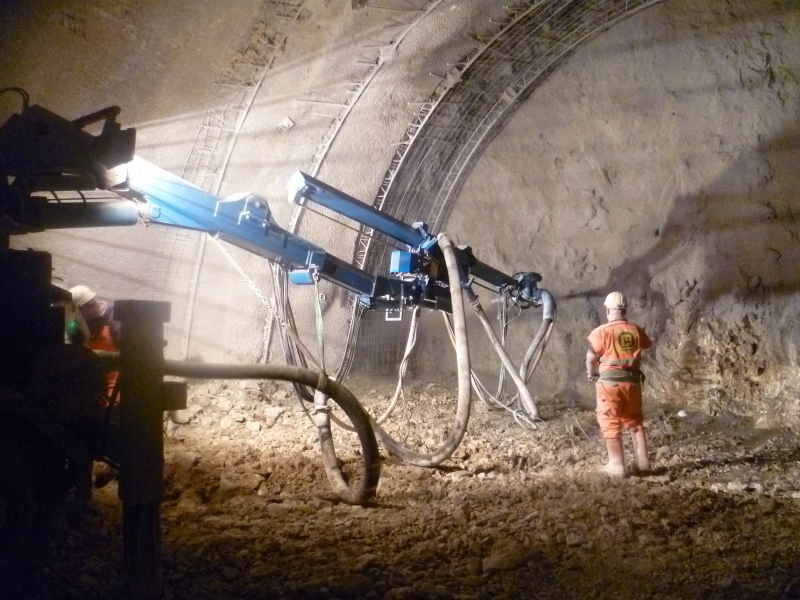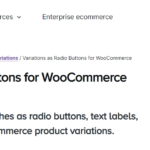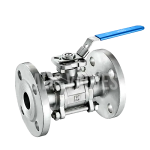
Sprayed Concrete for Tunnels: Shotcrete Services in South Africa
Sprayed concrete, commonly known as shotcrete, has revolutionized tunnel construction and reinforcement worldwide. In South Africa, a country with a rich mining history and growing infrastructure needs, shotcrete has become an indispensable tool in the construction and maintenance of tunnels. This article explores the application of sprayed concrete in tunnel projects across South Africa, the services available, and the unique challenges and opportunities in the local context.
Understanding Sprayed Concrete (Shotcrete)
Before delving into the South African context, it’s essential to understand what sprayed concrete is and how it’s used in tunnel construction.
Definition and Types
Sprayed concrete, or shotcrete, is a method of applying concrete pneumatically through a hose at high velocity onto a surface. There are two main types:
- Dry-mix shotcrete: The dry ingredients are mixed and conveyed through the hose, with water added at the nozzle just before spraying.
- Wet-mix shotcrete: All ingredients, including water, are pre-mixed before being pumped through the hose.
Applications in Tunnelling
In tunnel construction and maintenance, shotcrete serves several crucial functions:
- Providing initial support immediately after excavation
- Creating permanent tunnel linings
- Repairing and reinforcing existing tunnels
- Stabilizing rock faces and preventing water ingress
The South African Context
South Africa’s unique geological and economic landscape has shaped its use of shotcrete in tunnelling projects.
Mining Industry Influence
South Africa’s extensive mining industry has been a significant driver in the adoption and development of shotcrete technology. The deep-level gold mines of the Witwatersrand Basin, in particular, have relied heavily on shotcrete for tunnel support and rock face stabilization.
Infrastructure Development
As South Africa continues to develop its infrastructure, shotcrete plays a vital role in various tunnelling projects, including:
- Transportation tunnels (road and rail)
- Water transfer tunnels
- Hydroelectric power projects
Shotcrete Services in South Africa
Several companies offer specialized shotcrete services South Africa. These services typically include:
1. Shotcrete Application
Professional teams use state-of-the-art equipment to apply shotcrete in both mining and civil engineering contexts. Services often include:
- Dry and wet-mix shotcrete application
- Fibre-reinforced shotcrete application
- Robotic shotcrete application for increased safety and precision
2. Mix Design and Engineering
Shotcrete providers in South Africa offer customized mix designs to meet specific project requirements, considering factors such as:
- Strength requirements
- Setting time
- Durability in various environmental conditions
- Special additives for enhanced performance
3. Quality Control and Testing
Reputable shotcrete services in South Africa maintain rigorous quality control measures, including:
- On-site testing of shotcrete strength and thickness
- Laboratory analysis of core samples
- Adherence to local and international standards
4. Training and Skill Development
Many shotcrete service providers offer training programs to develop skilled nozzle operators and shotcrete specialists, contributing to the growth of local expertise.
Notable Projects and Case Studies
Several significant projects in South Africa have showcased the effectiveness of shotcrete in tunnel construction and maintenance:
1. Gautrain Rapid Rail Link
The Gautrain project, which includes several tunnelled sections, utilized shotcrete extensively for both initial support and final lining in some areas.
2. Ingula Pumped Storage Scheme
This hydroelectric project involved the construction of several large caverns and tunnels, where shotcrete played a crucial role in rock support and water management.
3. Deep-level Mining Support
Ongoing use of shotcrete in South Africa’s deep gold mines continues to push the boundaries of the technology, with applications at depths exceeding 3 kilometers.
Challenges and Innovations
Shotcrete application in South African tunnels faces unique challenges, spurring innovative solutions:
1. High-stress Rock Conditions
The deep-level mines of South Africa often encounter highly stressed rock conditions. This has led to the development of high-energy-absorbing shotcrete mixes, often incorporating steel or synthetic fibres.
2. Extreme Temperatures
In deep mines, where rock temperatures can exceed 50°C, special shotcrete mixes and accelerators have been developed to ensure proper setting and curing.
3. Remote Locations
Many tunnelling projects in South Africa are in remote locations, necessitating innovative logistics solutions for material transport and on-site mix production.
4. Water Scarcity
In water-scarce regions, there’s a growing focus on developing shotcrete mixes that require less water or can utilize non-potable water sources.
Environmental and Safety Considerations
Shotcrete services in South Africa are increasingly focusing on environmental sustainability and worker safety:
Environmental Aspects
- Development of eco-friendly shotcrete mixes using industrial by-products or alternative cementitious materials
- Dust control measures to minimize environmental impact
- Water management and recycling in shotcrete operations
Safety Measures
- Use of robotic shotcrete application systems in high-risk areas
- Improved ventilation systems to manage dust and fumes
- Comprehensive training programs focusing on operator safety
The Future of Shotcrete in South African Tunnels
The shotcrete industry in South Africa continues to evolve, with several trends shaping its future:
1. Increased Automation
Investment in robotic shotcrete systems is expected to increase, improving consistency and worker safety.
2. Advanced Materials
Research into new additives and fiber types aims to enhance shotcrete performance in challenging conditions.
3. Sustainable Practices
Growing emphasis on reducing the carbon footprint of shotcrete through innovative mix designs and application methods.
4. Skills Development
Continued focus on developing local expertise in shotcrete application and engineering to meet growing demand.
Conclusion
Sprayed concrete has become an integral part of tunnel construction and maintenance in South Africa, driven by the country’s unique mining heritage and growing infrastructure needs. The shotcrete services industry in South Africa has developed significant expertise, offering world-class solutions for a variety of tunnelling projects.
As the country continues to invest in infrastructure development and maintains its mining operations, the demand for high-quality shotcrete services is likely to grow. The ongoing innovations in mix design, application techniques, and sustainability practices ensure that shotcrete will remain a crucial technology in South African tunnelling projects for years to come.
For engineers, contractors, and project managers involved in tunnelling projects in South Africa, understanding the capabilities and advancements in local shotcrete services is essential. As the industry continues to evolve, it promises to offer increasingly efficient, safe, and sustainable solutions for the unique challenges of South African tunnel construction and maintenance.












